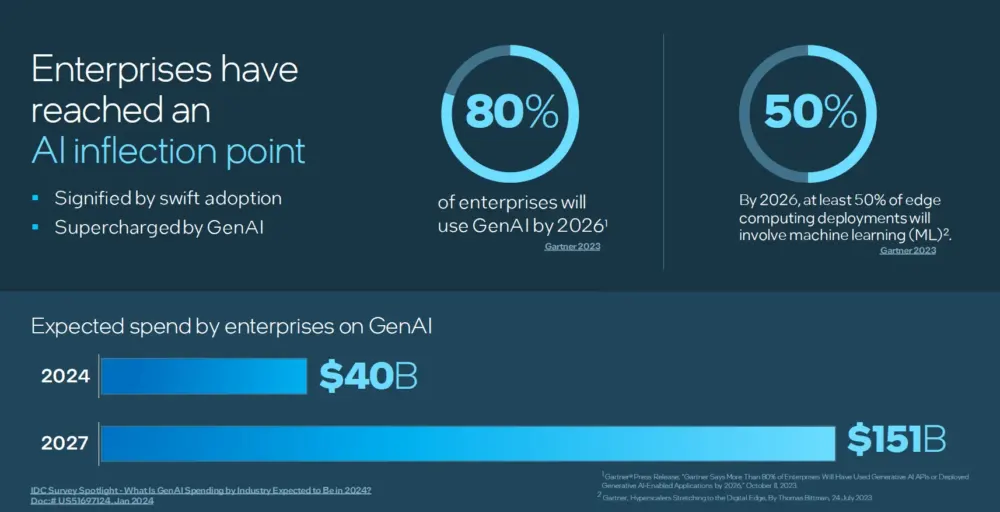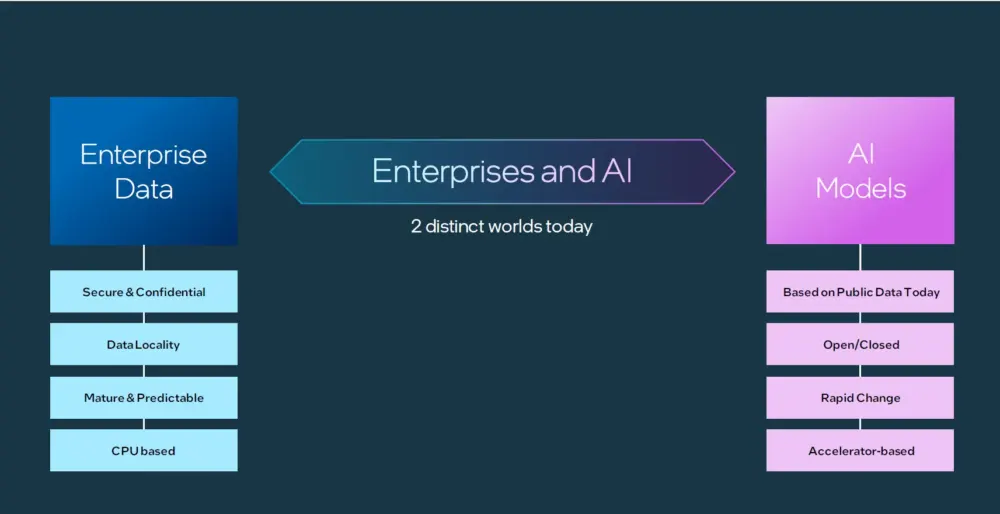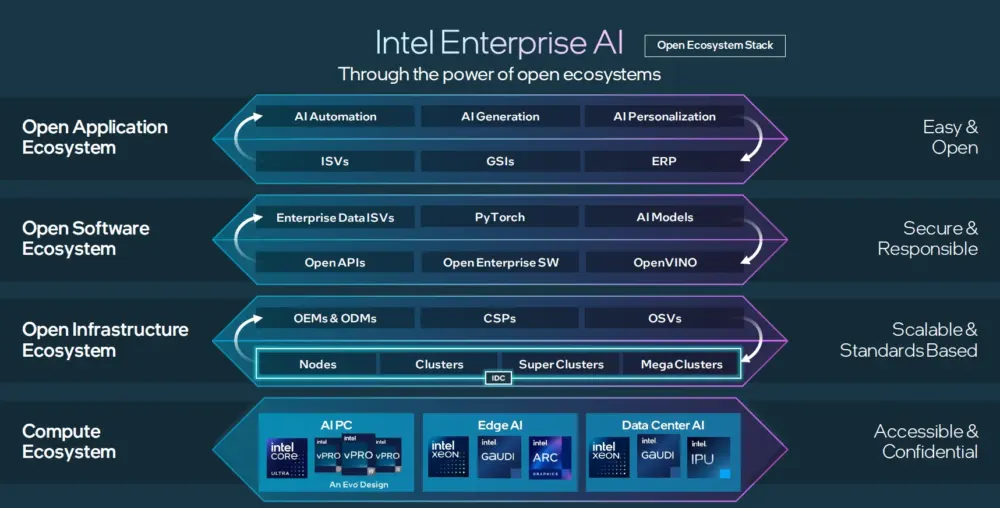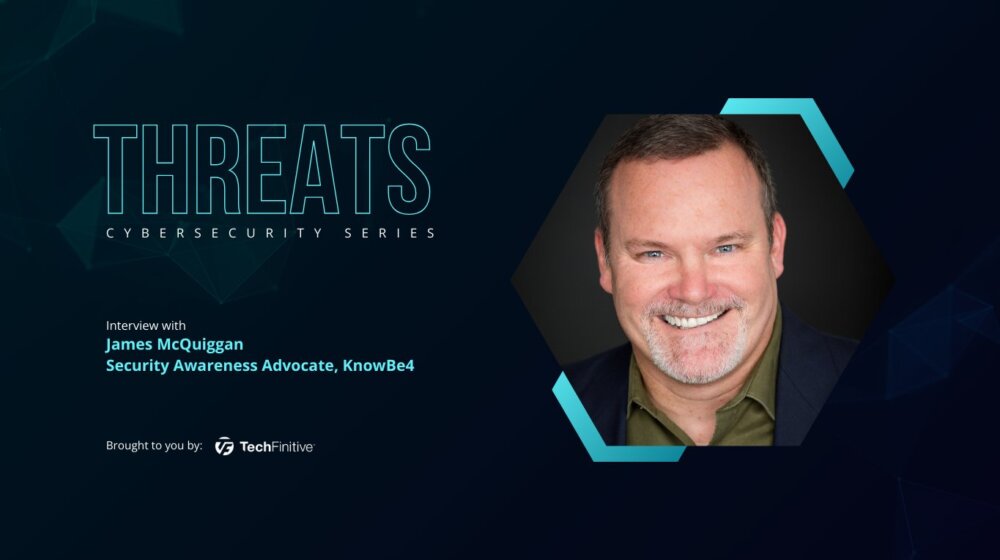
Intel sets out its AI stall for enterprises at Intel Vision 2024: trust us with your data (not that other lot)
We all know that Nvidia has a hardware advantage when it comes to AI in data centres. And we know all the software vendors prioritise support for their platform, too. So Intel has a lot of catching up to do, and it believes the Gaudi 3 platform will go some way. At its Vision 2024 event, however, Intel is unveiling its battle plan: it’s here to win the hearts of enterprises.
That makes sense. The big money comes from budgets found in large companies and organisations, and this is where Intel has a natural advantage compared to Nvidia. Through history that now dates back five decades, government and big business alike know that Intel can be trusted.
As we write this, hours before Pat Gelsinger takes the stage at Intel Vision 2024, we only know what Intel briefed us on prior to the event. But the evidence is strong. Using Intel’s own words, we will explain its plans – with the occasional comment, naturally.
Intel’s enterprise AI argument in a nutshell
You’re busy. You may not want to read to the end of this article. So let us produce a TL;DR version of what Intel is saying.
- Enterprises are gagging to use AI but they don’t trust it
- They want an open platform, not a closed, proprietary platform
- They want it to be transparent but confidential where needed
- Enterprise want AI to be scalable
- Even businesses that are ignoring AI right now can’t do so for long
- It’s going to be everywhere in their business, including “the edge”
- Intel is catching up on the hardware front and has a trustworthy software platform
- Look, Intel is awesome! Trust us!
Enterprise AI at inflexion point
“We are at a critical inflection point for enterprises and ODMs,” said Sachin Katti, Senior Vice President & General Manager of Intel’s Network and Edge Group at a pre-briefing event for press and analysts.
“If you talk to anyone today,” he added, “they’re all rushing to figure out how should they adopt AI, how should they take advantage of AI, how should they modernise and automate their enterprises?”
The numbers, he reckons bear this up. “Folks are expecting that 80% of all enterprises will be using Gen AI by 2026. And more than 50% of the edge of these enterprises. These are all the factories, retail stores, grocery stores… these edge deployments are going to leverage AI and machine learning by 2026.”

What’s more, as the slide above shows, there’s money to be made here.
How to unlock this revolution
There’s “tremendous excitement” added Katti, but enterprises are still figuring out how to turn the excitement into products their employees can use.
“Today, for example, only 10% of organisations have really launched any generative AI solutions to production,” he said. “Around half of them are telling us the biggest challenge is how do they actually productise large language models and the generative AI capabilities? It’s about how do we make it enterprise grade? How will they make it safe?”
And, Katti added, perhaps the biggest challenge of all: “How do they actually figure out what is the right infrastructure to build out so that they can take advantage of this and serve it at scale to their employees?”
Good questions, all, and you may be able to guess what’s coming next.
Intel AI open, Nvidia AI closed

Before we get to the bit where Intel delivers its solution, Katti wanted to hammer home one of what Intel believes is its killer advantages for enterprise-grade AI.
“There’s no openness today,” he said. “Today you get vertically integrated solutions. And often you have no choice. You really have only a standard one solution – that’s on the hardware level, as well as on the software level. You don’t really have the choice to customise it to your needs.”
And there’s more: “How do I [as an enterprise] make sure that this AI is transparent, that it preserves the privacy of my most important data, [which] is my most important asset? And how do I ensure that there’s trust that the AI does not hallucinate, that the AI does not produce results that can put risk onto the entire enterprise?”
Intel’s Enterprise AI solution

Finally, we reach the crux of what Intel Vision 2024 will be all about: its AI solution for enterprises.
“At Vision,” said Katti, “we will be announcing our strategy to address many of these challenges for enterprises in adopting generative AI. To start with, we’ll be announcing a scalable systems strategy. So I want to emphasise the word ‘systems’. We mean, how do I put together all of the different components of both Intel and its ecosystem partners so that it makes it easy for enterprises to adopt AI?”
Are you ready?
“The ecosystem part is quite critical,” Katti emphasised. “We want this ecosystem to be open. We want to enable the ecosystem to be open and thriving so that enterprises can get choices. They can get a choice in the kind of hardware systems they deploy, they can get choice in the kind of software they adopt, they can get choice in the kind of applications that get built on top so that it is truly customised to their needs.”
For the rest – including examples of customer deployments – we will have to wait for Intel Vision 2024 to properly begin.
And if you’re wondering where Intel’s hardware comes into all this, check out our coverage of the Gaudi 3 AI accelerator.
NEXT UP

James McQuiggan, Security Awareness Advocate at KnowBe4: “Ironically, attack methods have remained unchanged over the past twenty years”
In this interview, we hear from James McQuiggan, Security Awareness Advocate at KnowBe4 and a part-time Faculty Professor at Valencia College in Florida.

What is ocean-bound plastic and should you care?
Lee Grant digs behind the truth about ocean-bound plastics to explain why reducing them is a worthy cause – but that we need to treat marketing claims with due scepticism

Slow buyers cause tech firms to rethink sales approaches as tough Q1 hits home
New research suggests tech sales were slow in Q1, with buyers of technology and professional services taking their time before committing to any solutions.